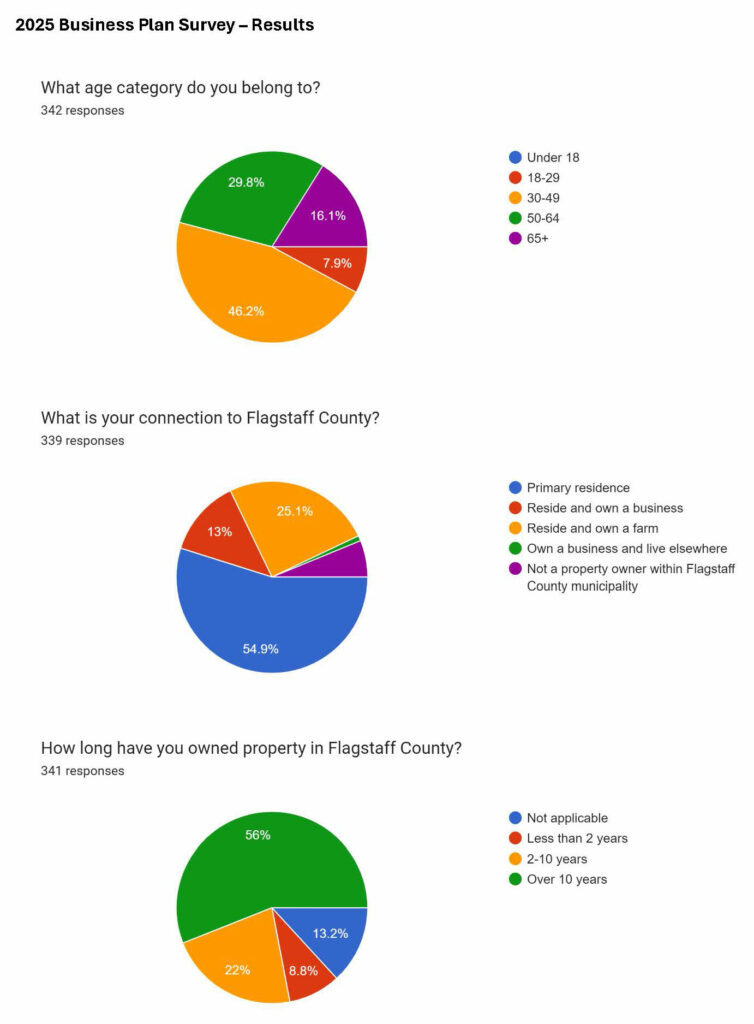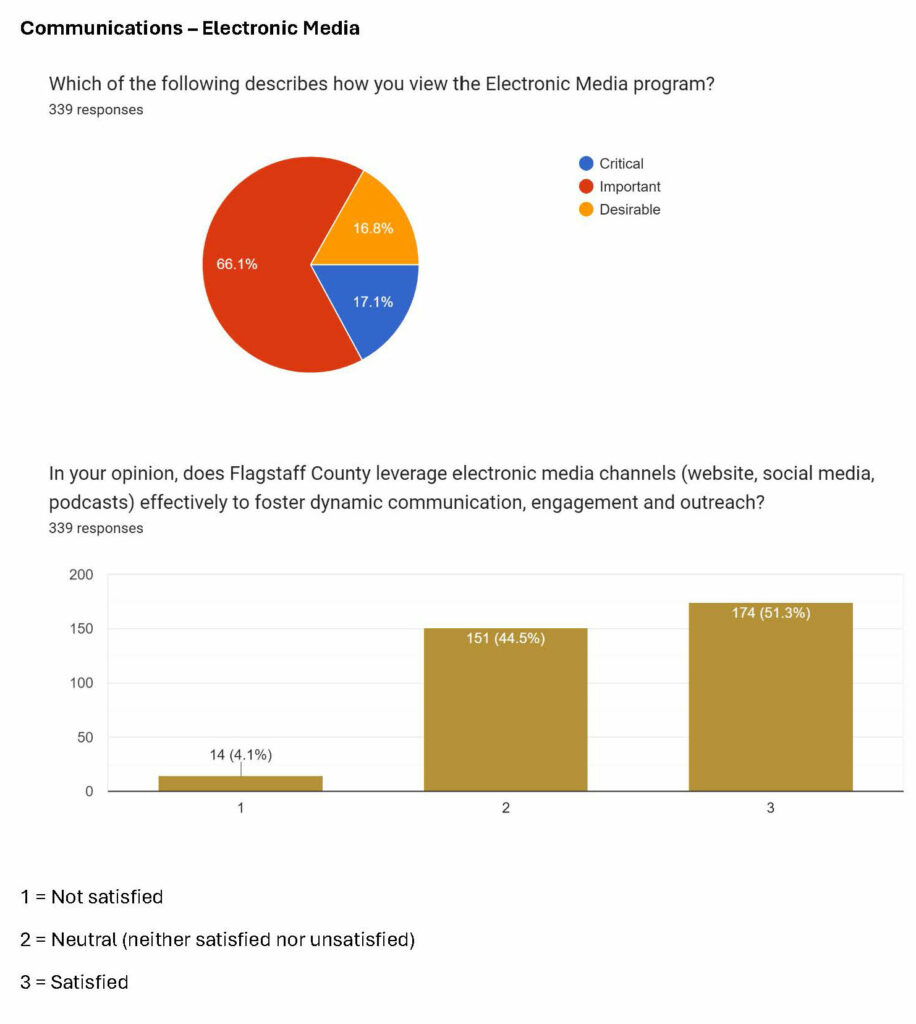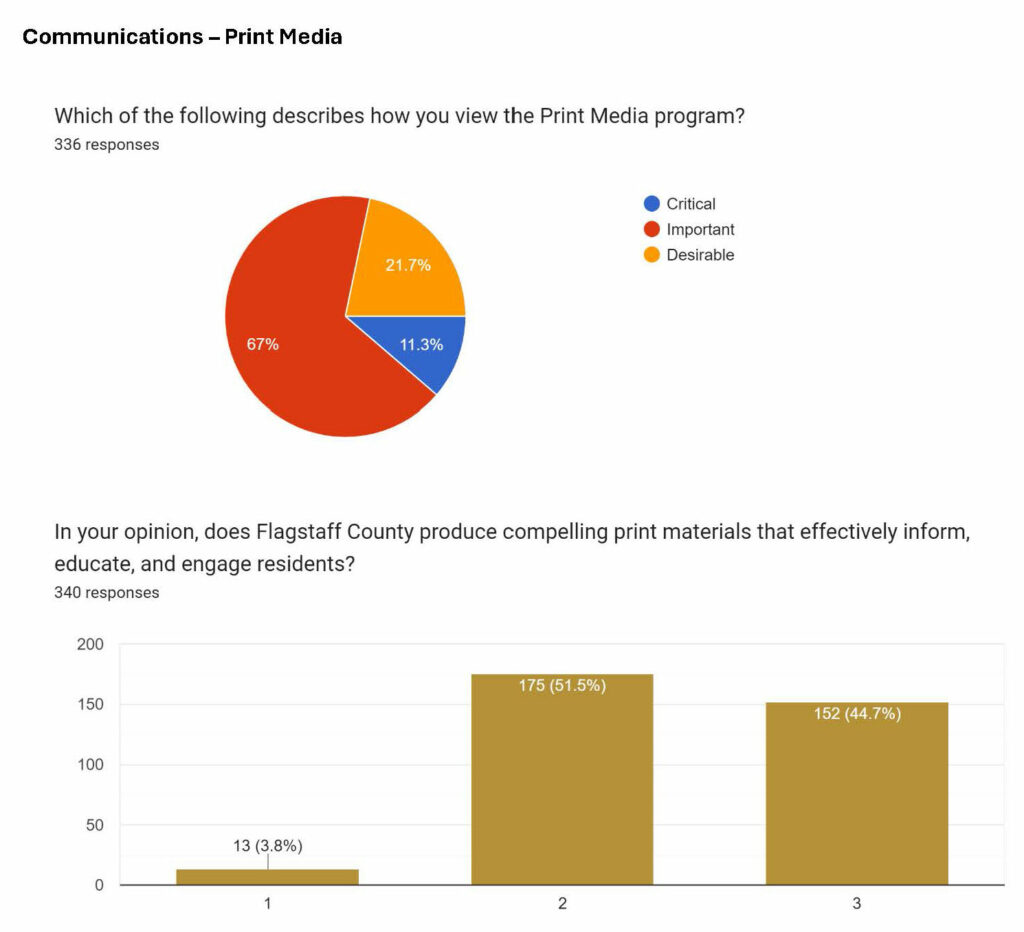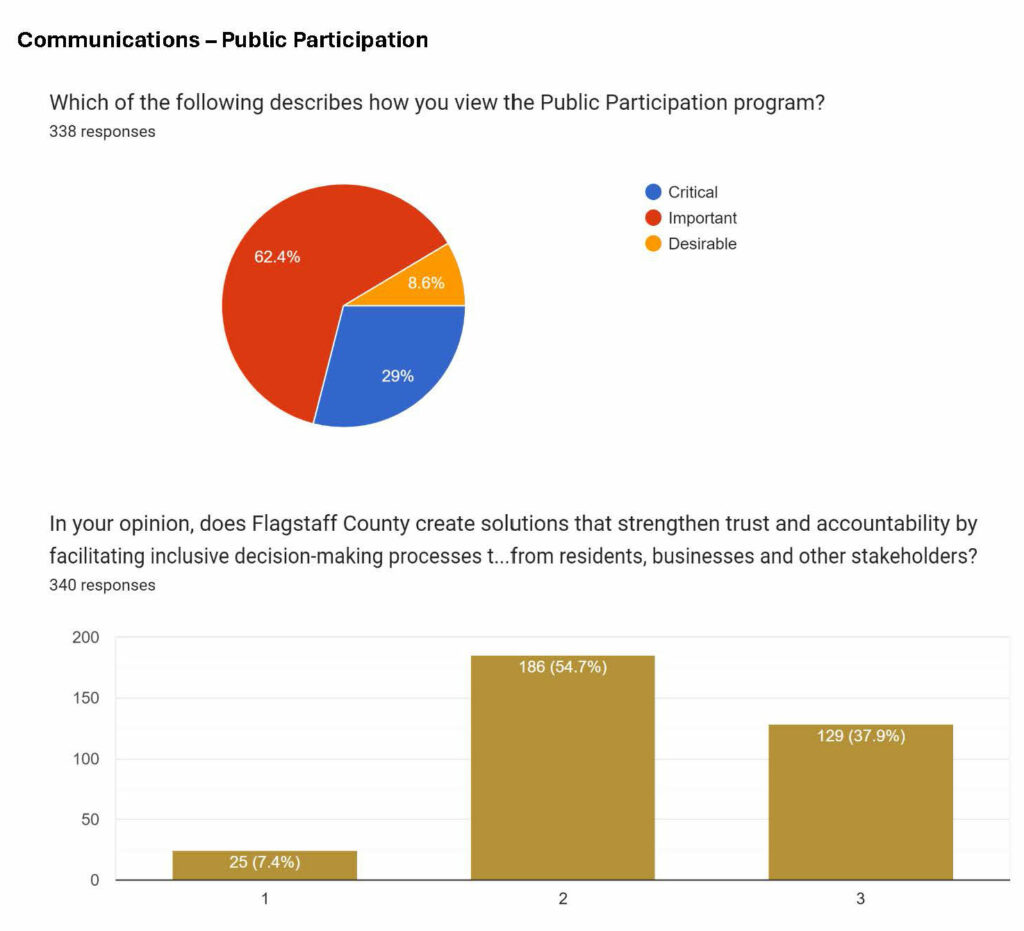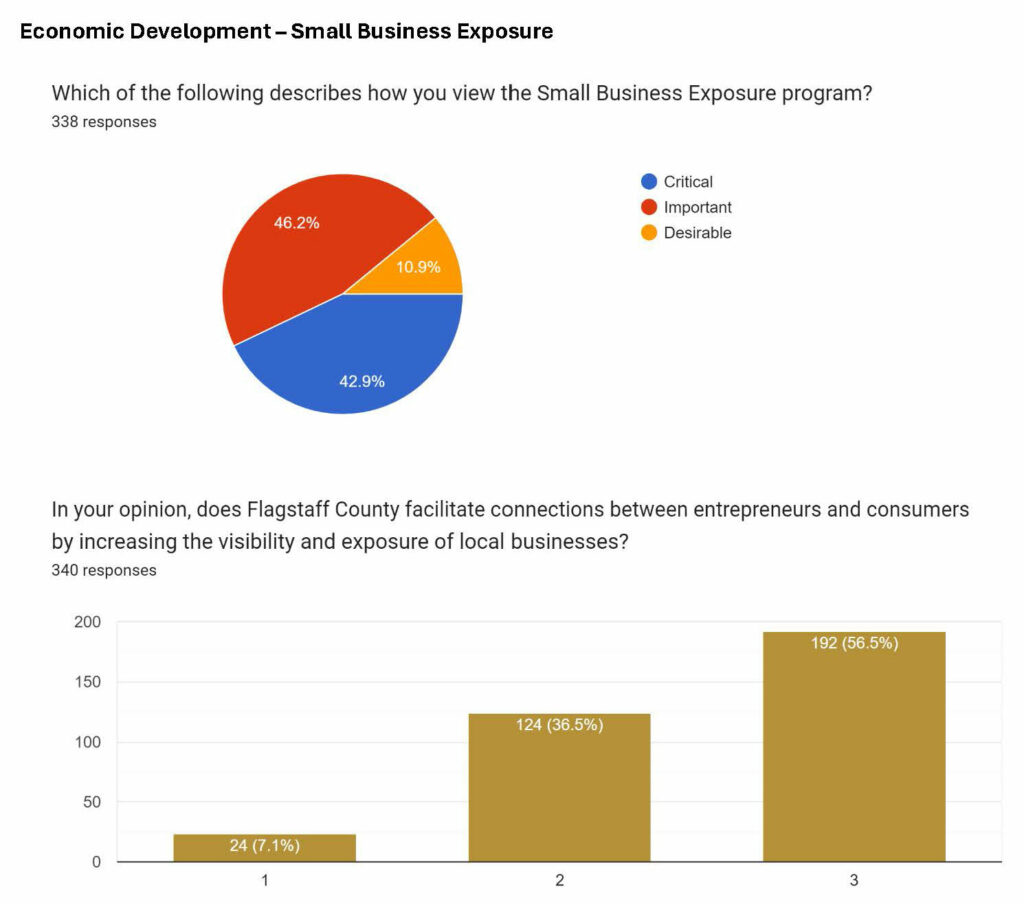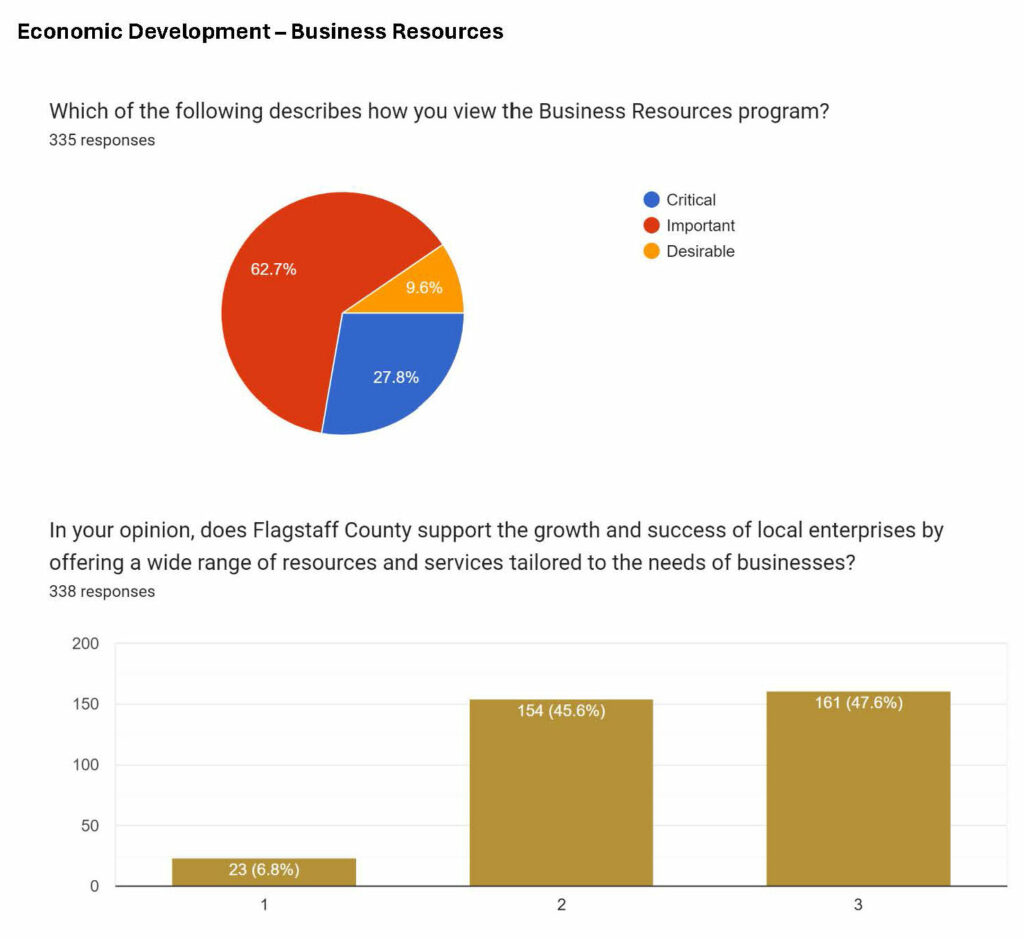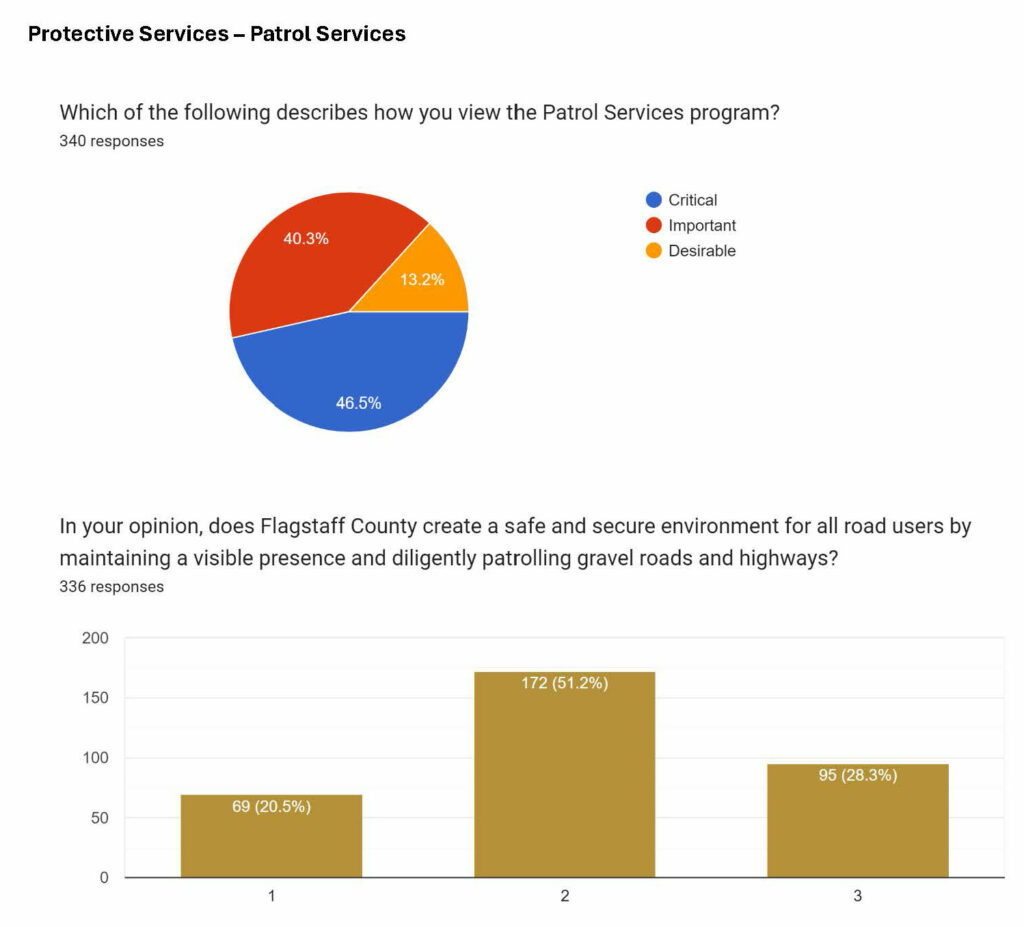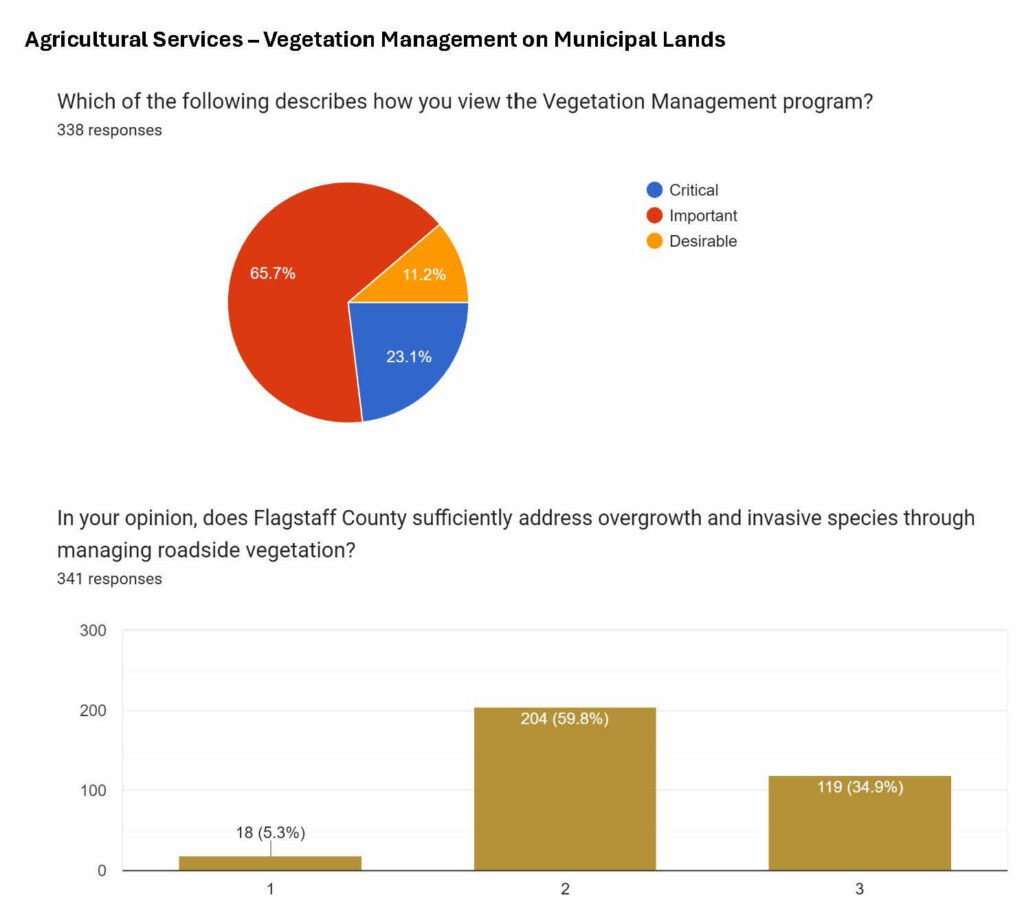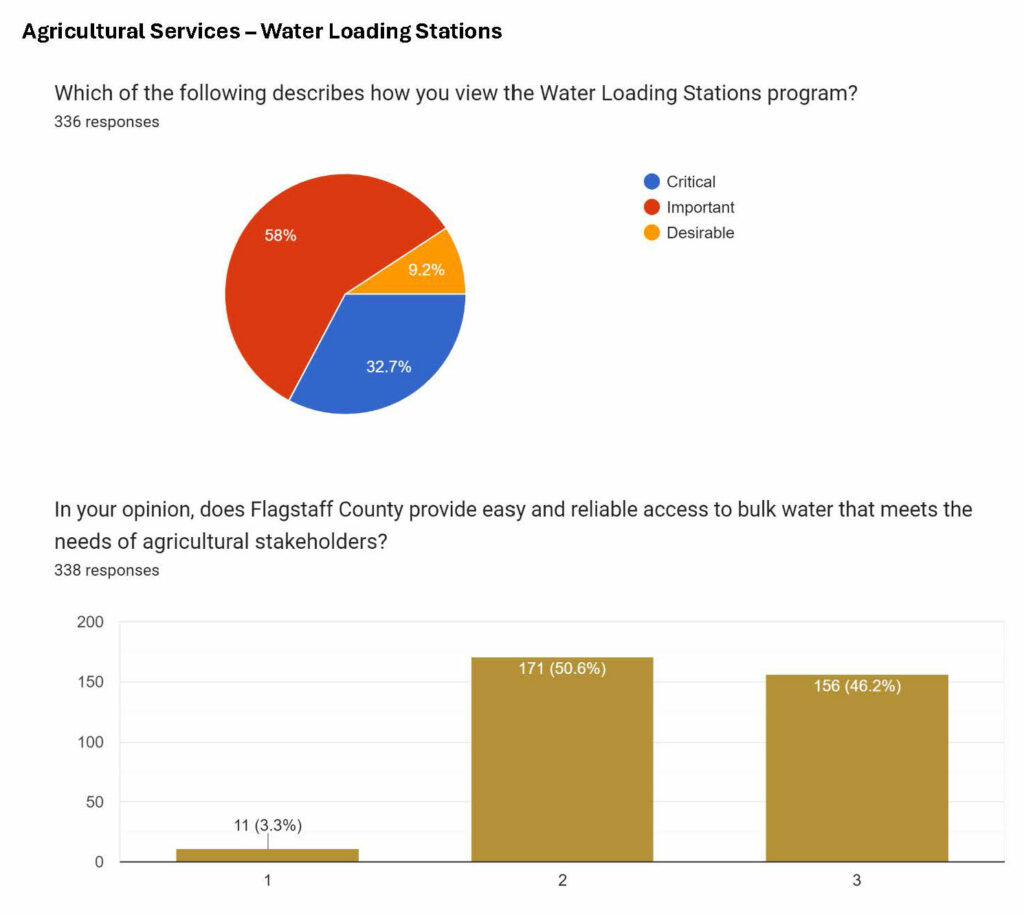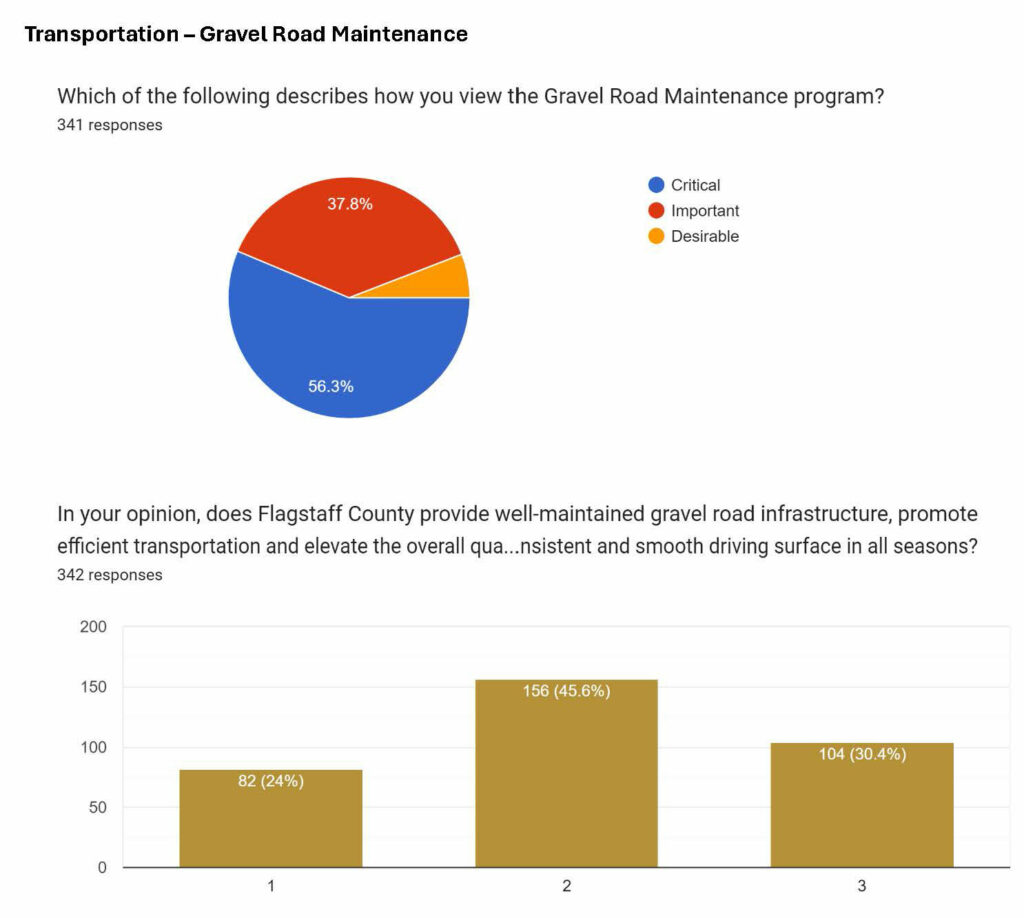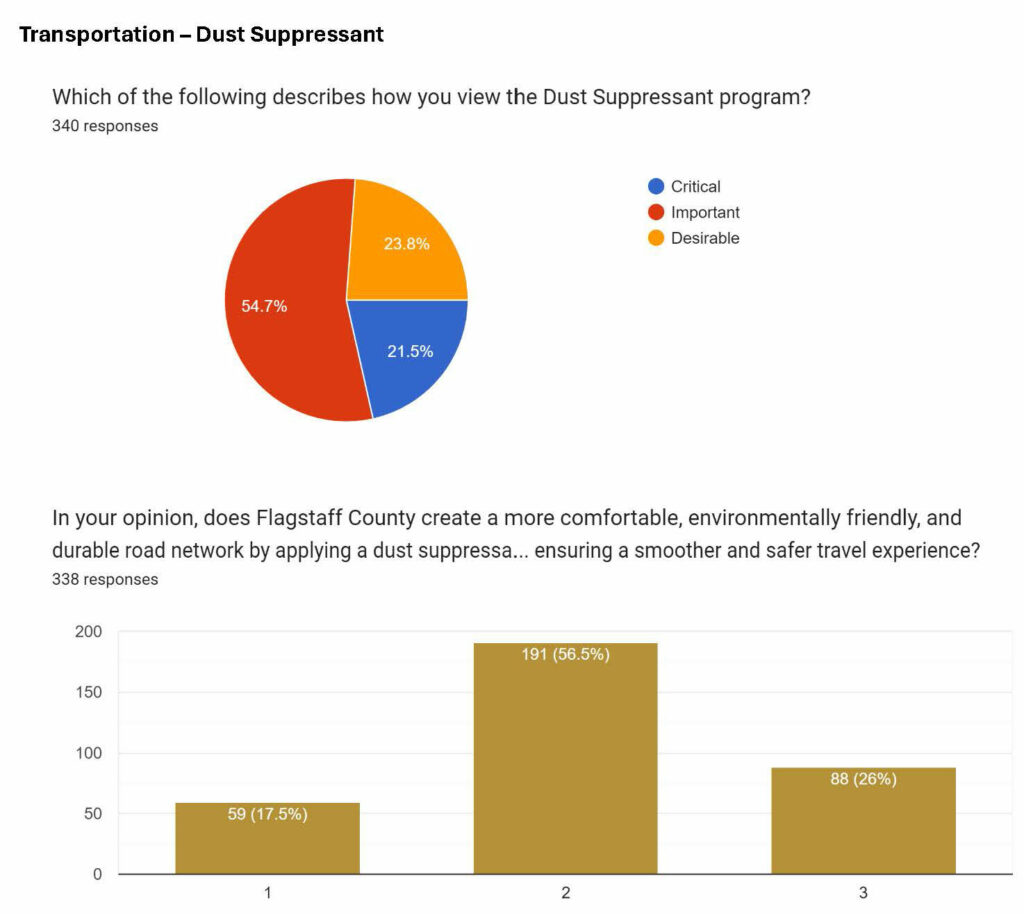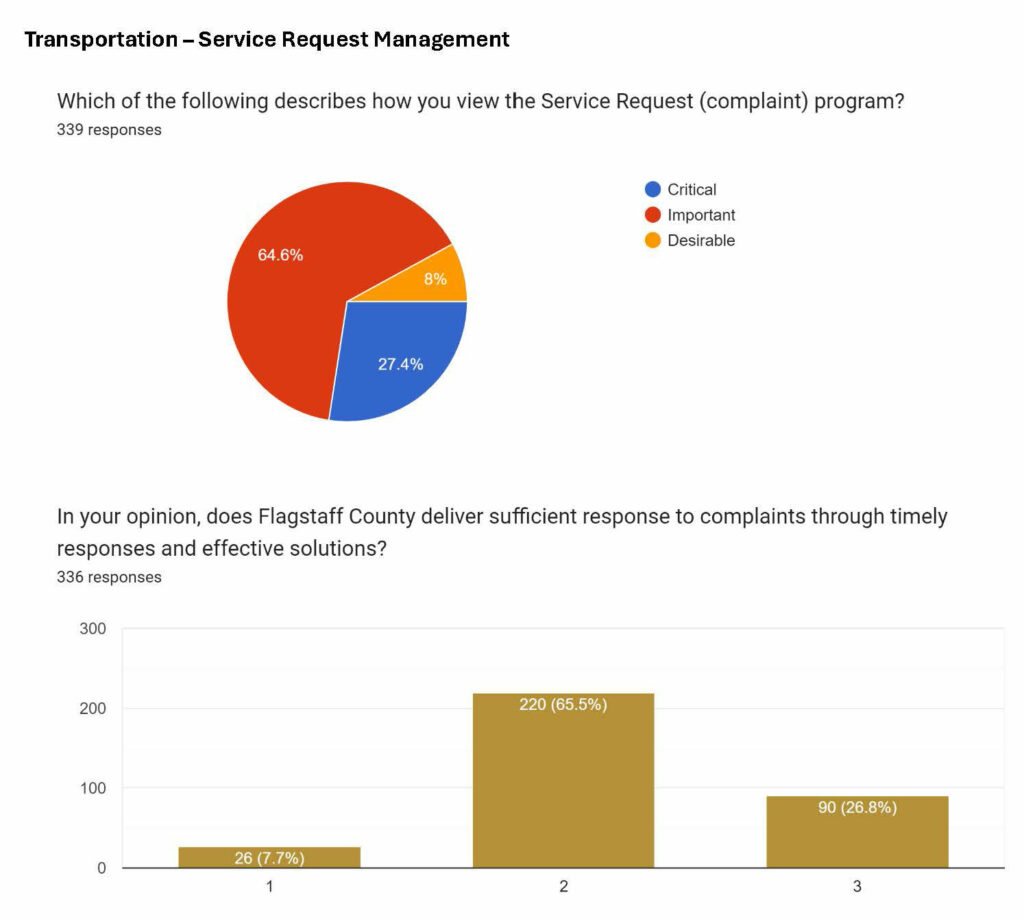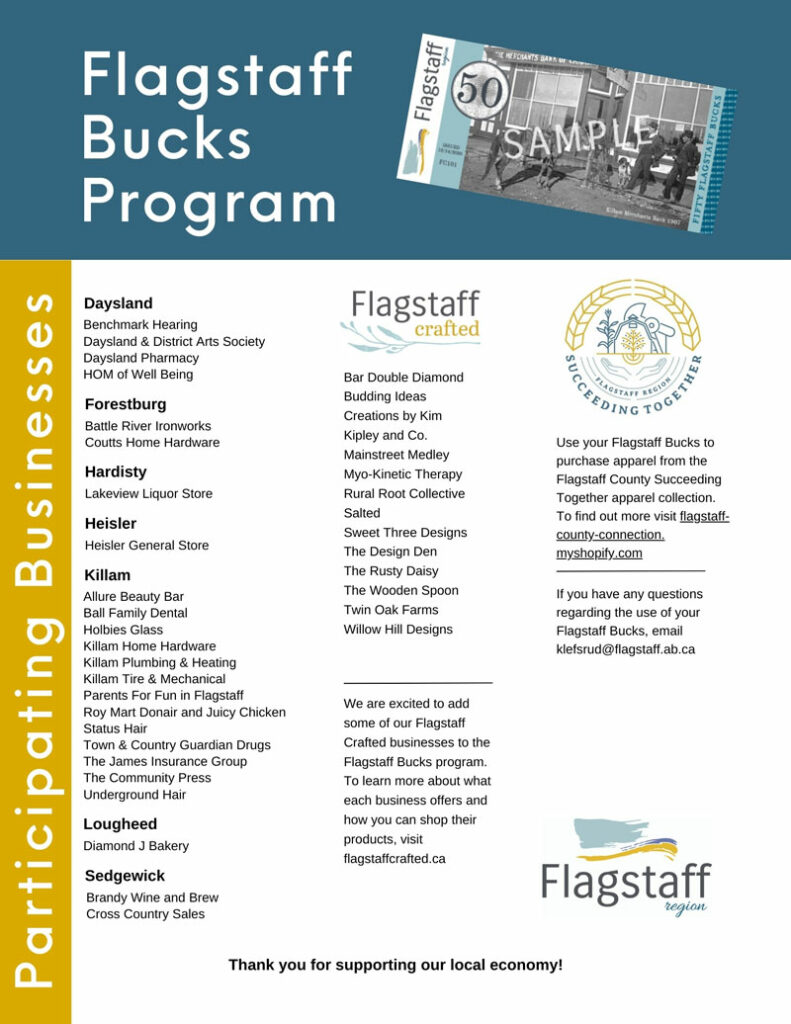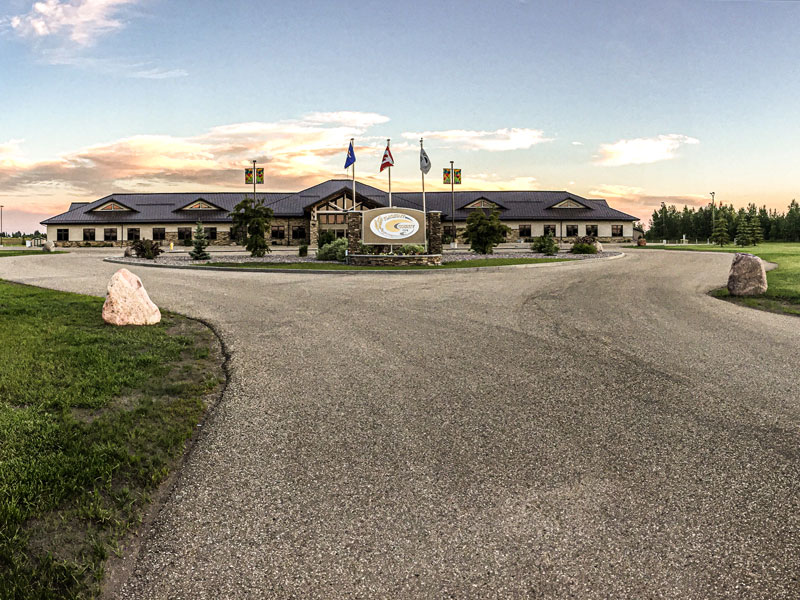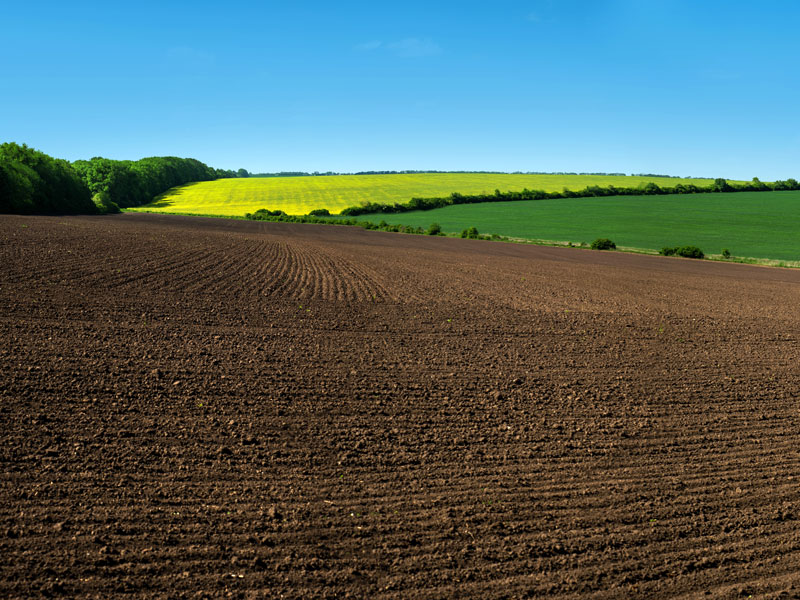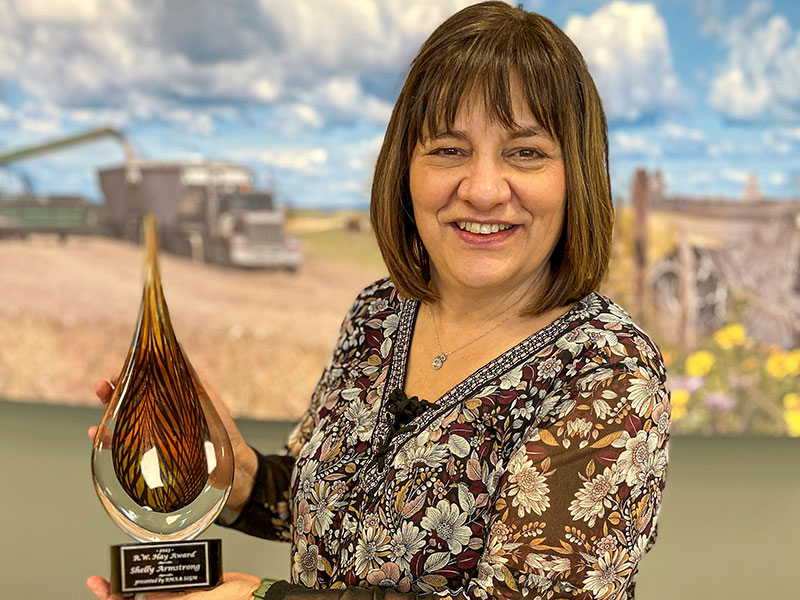
By Nick Dunn
This year the Ag Services department faced many challenges along with producers in Flagstaff County to achieve its successes within our programs and services. The Ag Services department consists of 11 seasonal employees, myself the Agricultural Fieldman, and Matthew Pfeffer the Agricultural Foreman. Roadside mowing is expected to be completed twice annually and due to the early drought conditions we experienced this spring we were delayed by two weeks and started mowing in mid-June. Overcoming some adversity meant playing catch-up for what felt like the entire summer. However, with our motivated crew we were able to catch-up on our second cut and in the end accomplished 1.75 cuts. All roadsides are mowed with our Kuhn disc mowers that cut 10 feet down to the edge of the slope. Some may have noticed their roadsides were cut with our Shulte blade mower, which cuts 15 feet along all arterial and collector roadsides. This was the first year we have mowed collector roadsides with the Shulte mower as they were previously cut with the Kuhns.
The Ag Services department also offers roadside and custom spraying services. When trees and shrubs reach full leaf, our roadside sprayers start the season spraying previously hydro-axed roadside shoulders, which is conducted by the Public Works department. Vegetation that’s above 4 feet tall will be spot-sprayed with Garlon XRT while vegetation under 4 feet will be sprayed with Navius Flex. After brush spraying, we will then move into our weed control program that consists of treating one-third of the municipal roadsides. Last year we sprayed the southern third of our county, which consisted of Hwy 53 and Hwy 608 South and this year we sprayed the northern third, which consisted of Twp Rd 440 North. Our roadsides are currently sprayed with Navius Flex, which has a residual effect to suit our spraying program and provide long-term control on tough-to-kill weed species. Herbicide groupings are altered throughout the program to ensure that we do not promote the buildup of weed resistance. Crews also found themselves spraying gravel sites, stockpiles, municipal grounds including many recreational areas, Hardisty areas as part of our new leafy spurge program, and now even provincial highways. Flagstaff County entered an agreement with Alberta Transportation in 2023 to spray problematic areas throughout our borders that they were struggling to manage at full cost-recovery. We’re hoping that Alberta Transportation will continue to work with us as I believe our inspectors and sprayers can perform maintenance in a more timely and accurate manner as it is part of the Weed Control Act to control noxious weeds, and destroy prohibited noxious weeds. The Ag Services department also provides custom spraying on private land at cost-recovery with UTVs, ATVs, backpack sprayers, an Intelli-spray truck, roadside sprayers, and when it comes to scentless chamomile (mayweed) we will even pick it. As of 2023, Flagstaff County is now a registered vendor for herbicides and pesticides with the Province of Alberta and is happy to provide rural acreage owners and producers access to certain herbicides and rodenticides.
The Ag Services department also operated in some pest control duties that included removing beaver dams at cost-recovery and providing free rental traps accompanied with a damage deposit. We will continue to host extension events including Between the Roots news columns, workshops, webinars, certification courses, podcasts, Conservation Easements, other ongoing programs and projects such as Shelterbelt Establishment, Wetland Resiliency and Replacement Program (WRRP), and Alberta Land Use Services (ALUS). NEW in 2024 there will be three satellite mulch sites that will be located in Sedgewick, Galahad, and Strome. These sites will aim to give Flagstaff residents free access to wood mulch, keep mulch out of our Regional Landfill, and reduce costs for arborists performing maintenance within our borders.
The park’s crew consists of a park’s caretaker, and two labourers that are tasked with maintaining Flagstaff County owned campgrounds, playgrounds, and recreational areas. New in 2023, Flagstaff entered into an agreement with the Diplomat Mine Museum Society to assist in the grounds and facility maintenance. Many playground repairs were made to Strome and Fish Lake as well as the replacement of the Galahad playground. Other repairs included rebuilding the Fish Lake aerator, rebuilding picnic tables, fire pits, campsite utilities and restoring the ball diamond areas in Strome.
If you would like to stay updated or learn more about the Ag Services or Parks and Recreation departments, you can view our quarterly reports in the report’s sections of the Council Meeting Minutes or our ASB Meeting Minutes that we also have quarterly or as needed. I would like to thank our seasonal crews for their contributions in the 2023 season. Their hard work and passion doesn’t go unnoticed.
Nick Dunn is Flagstaff County’s Agricultural Fieldman. He can be reached via email at: ndunn@flagstaff.ab.ca or by phone at: 780-384-4138.
